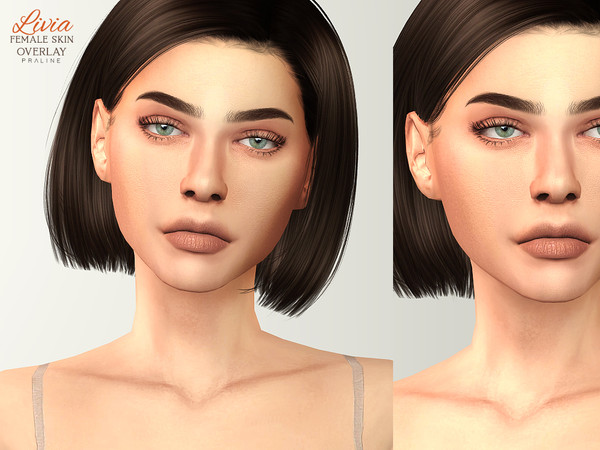

What if there is a growing de-emphasis on personal multiracial identification in favor of a collective identity based on political identity? In terms of racial belonging, questions circle on how racial identity is personally chosen or chosen by others. If anything, multiracial symbols demonstrate that the yearning for a future beyond race notably asserts how race still defines our everyday lives.

The elevation of multiraciality as an emblem of multiculturalism falls short of a future beyond race.

Rather than undoing the continuance of race, constructions of multiraciality reinforce presumptions of racial difference and racialized ways of thinking (Aspinall & Song, 2013). The leveraging of mixed-race figures to project national and transnational identities of racial harmony results in lingering historical inequities and diminished calls for structural change. Yet, how public figures racially identify themselves does not always comport with their representation (Mitchell, 2020). From Olympians Sydney McLaughlin of the United States and Marta Vieira da Silva of Brazil to Brazilian actress Camila Pitanga and United States actor Dwayne “the Rock” Johnson to Vice President Kamala Harris, multiracial public figures are heralded as proof of racial progress or harmony.


 0 kommentar(er)
0 kommentar(er)
